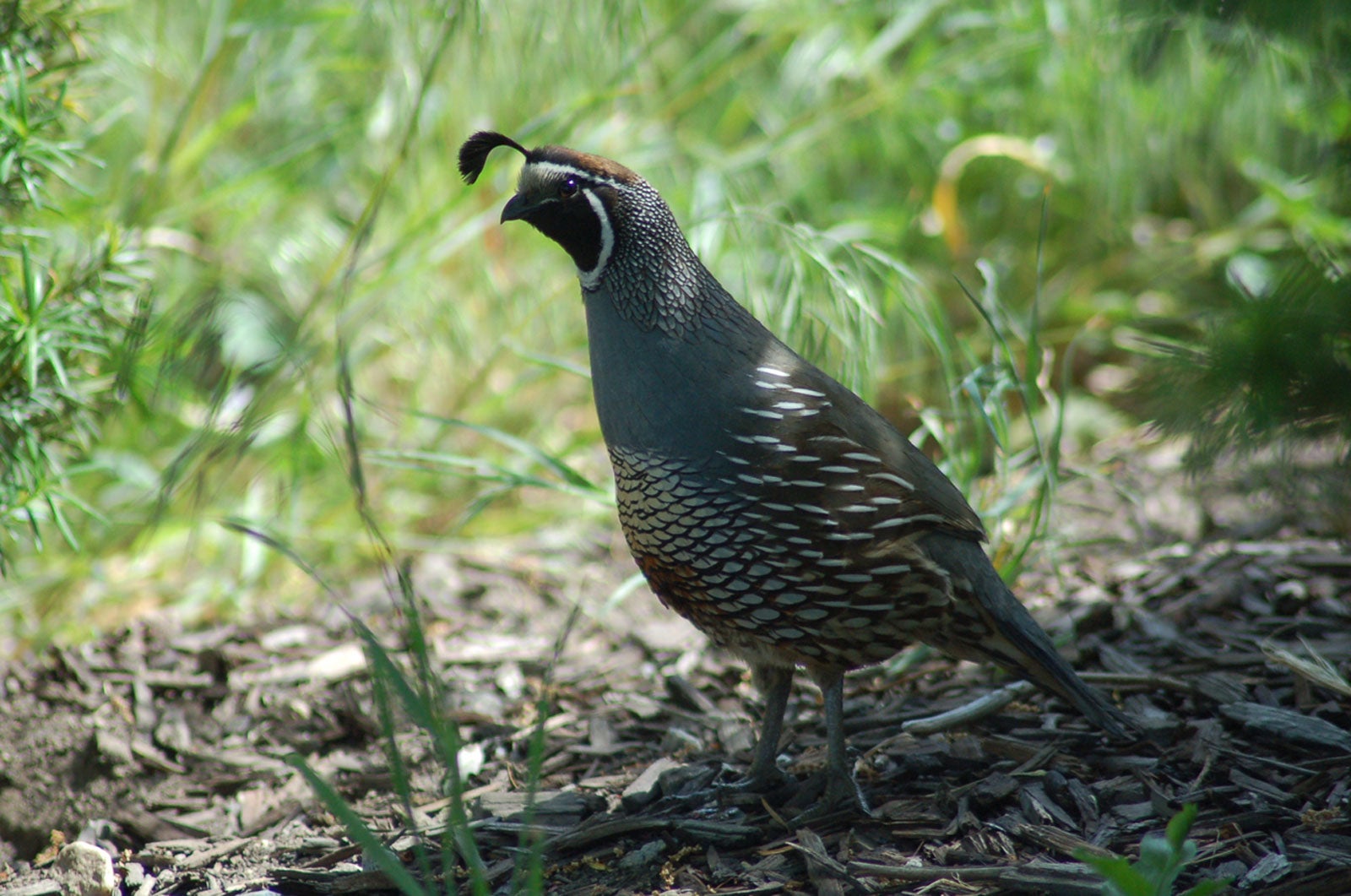Plants That Attract Quail: Encouraging Quail In The Garden


Few birds are as adorable and enchanting as the quail. Keeping backyard quail affords a unique opportunity to watch their antics and analyze their life. Attracting quail to garden areas gives them a habitat while providing you with endless smiles.
Quail are a popular game bird but also important to bird watchers. Unfortunately, their population has declined drastically in the last few decades. There is something the average homeowner can do to help though. Providing habitat and food for the little birds ensures them a safe place to make their homes and help build up their numbers. Landscaping with plants that attract quail will give them cover and a food source.
Planting Gardens for Quail
The most important plants that attract quail in the garden are those that provide cover. They have several predators and rarely fly. They are often at the mercy of cats, larger birds, coyotes, and other animals.
Consider life from their eyes. You're small, have short legs, and can't see over the top of most bushes. The best plants are those that form a canopy while allowing a path to run amongst them. Ideal plants should be at least 8 inches (20 cm.) tall. Consider using grasses and grass-like plants:
When planting gardens for quail, consider that many grass varieties will die back, and the birds will be left with no nesting sites or cover. That is where adding woody and leafy plants come in handy. Plants like blackberry, dogwood, and wild plum provide important cover areas for the birds. Install such plants at the edge of the landscape where it is quiet and undisturbed.
A wide variety of plants will prove to be the best at attracting quail to the garden. Additional plants to consider include:
- Loblolly pine
- Black locust
- Greenbrier
- Rose
- Sumac
- Mesquite
- Ash
- Spurge
- Eastern milkpea
- White avens
- Sweetclover
- Yellow puccoon
- Prairie mimosa
- Prickly poppy
- Beeweed
- Amaranth
When quail babies hatch, they quickly are out of the nest searching for food. They will eat the same items as the parents, seeds and small insects, but will need even thicker cover with unobstructed areas of open ground to find seed and have a dust bath.
Sign up for the Gardening Know How newsletter today and receive a free copy of our e-book "How to Grow Delicious Tomatoes".
Crops afford all the requirements to raise babies in a safe space. Many, like soybeans, develop a natural canopy with spaces of soil between. A field of wildflowers mixed with native grasses would also make good brooding ground.

Bonnie Grant is a professional landscaper with a Certification in Urban Gardening. She has been gardening and writing for 15 years. A former professional chef, she has a passion for edible landscaping.